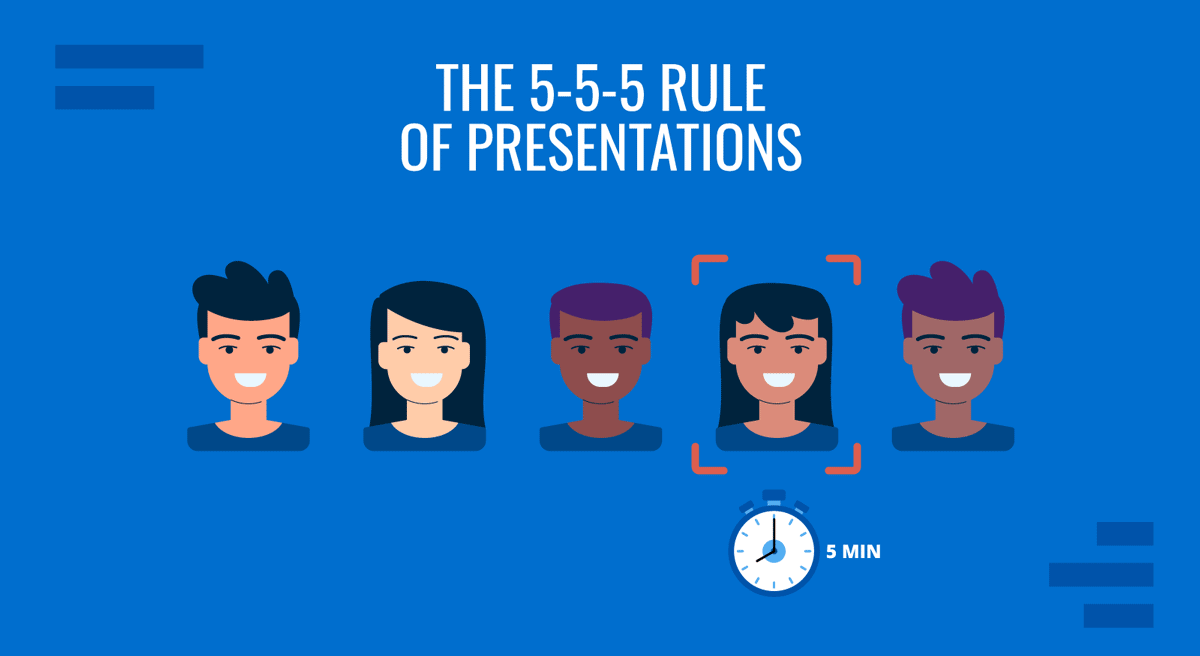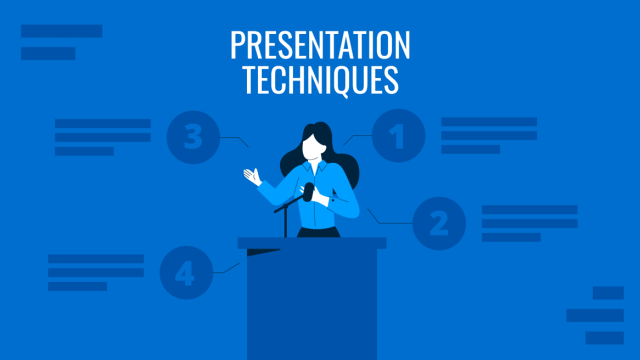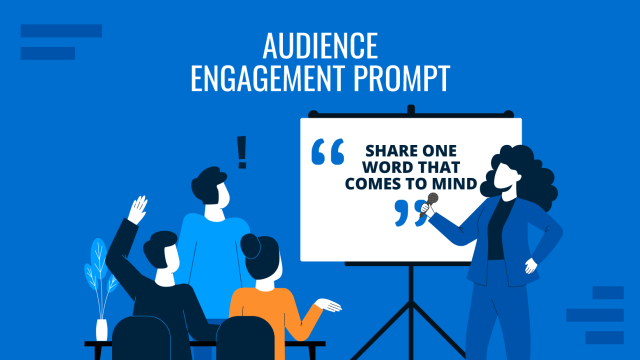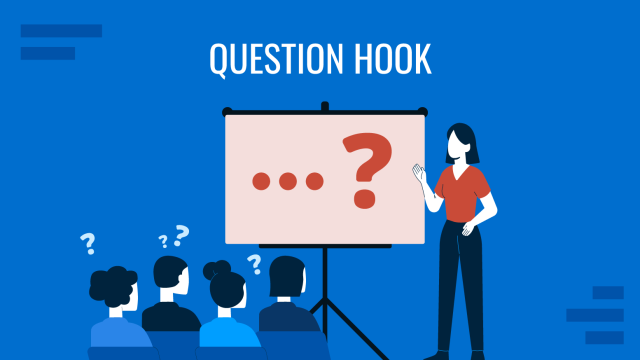
Visual distractions are a daily struggle, especially for presenters or those in industries that involve sharing information. Yet, eye contact remains one of the most potent tools a presenter can use to hold attention. It signals confidence, presence, and trust. Yet, many speakers struggle with how to maintain eye contact in a way that feels natural and effective, especially in front of large or unfamiliar audiences.
The 5-5-5 Rule gives presenters a simple and practical approach: look at five different audience members, hold each gaze for five seconds, and repeat this cycle every five minutes. This technique is designed to reduce nervous habits, break robotic scanning behavior, and help presenters feel more anchored on stage.
Understanding the 5-5-5 Rule
At its core, the 5-5-5 Rule is a behavioral loop. During your presentation:
- You scan the audience and select five individuals in different sections of the room.
- You hold eye contact with each person for approximately five seconds.
- After completing the cycle, you continue your presentation and repeat the process every five minutes.
This is not about memorizing or counting seconds in a strict sense. The idea is to establish brief, meaningful moments of visual connection with individual members of your audience and revisit the pattern periodically.
Also, you should notice that the 5-5-5 rule of public speaking differs from the 5-5-5 rule of PowerPoint presentations: this rule speaks of behavorials, whereas the PowerPoint rule implies specific slide design tactics for maximum performance.
Why Five Faces?
Five is not too many to feel overwhelmed, and it’s not so few that it limits your reach. Choosing five points in the room gives you spatial coverage: left, right, center, front, and back. If you’re speaking in a smaller venue, you can reduce this to three, but five is ideal for medium to large audiences. It helps build a sense of presence in the entire room.
Why Five Seconds?
Most people feel uncomfortable locking eyes with a stranger for more than a few seconds. Anything less, however, feels like a glance rather than a connection. Five seconds is long enough to say, “I see you, and I’m speaking to you.” It’s short enough to avoid discomfort. Over time, this rhythm becomes second nature and no longer requires conscious counting.
Why Every Five Minutes?
The five-minute interval serves a dual purpose. First, it ensures you refresh your audience engagement regularly. Second, it breaks your delivery into digestible mental segments. It helps you remain aware of pacing and encourages mental check-ins with the room. If you feel yourself drifting or losing focus, restarting the 5-5-5 loop can ground you again.
Behavioral Benefits for Presenters
Reduces Performance Anxiety
Eye contact is one of the most common anxiety triggers in public speaking. Many speakers look above the audience, stare at slides, or rush through their material to avoid eye contact. The 5-5-5 Rule breaks the fear by providing structure to what would otherwise feel unpredictable, thereby improving your presentation skills in terms of body language.
When you know where to look, when to look, and how long to hold the gaze, your brain spends less time in survival mode. It shifts into a functional pattern. This creates a more relaxed presentation state, which the audience immediately senses.
Helps Avoid the “Scan and Scatter” Problem
Without a strategy, presenters often fall into one of two traps: staring at a single friendly face the entire time or scanning so quickly that no individual feels seen. The 5-5-5 Rule prevents both. It makes you aware of how your eyes move. It fosters intentionality, leading to more deliberate and grounded delivery.
Builds Natural Pauses into Your Flow
The moments when you pause to hold someone’s gaze are also moments when you pause your body. This naturally slows down your speech, giving the audience time to process what you’re saying. These are not dramatic pauses, but rather functional ones that support clarity and pace.
Practical Steps to Apply the 5-5-5 Rule
Practice in Smaller Settings First
Before applying this method in a high-stakes setting, test it during team meetings, Zoom presentations, or small presentations to ensure its effectiveness. Pick three to five people on screen or in the room and practice holding eye contact without looking away too quickly. Focus on staying relaxed as you do it. These smaller moments will help you develop a sense of comfort with visual focus in a safe environment.
Use Seating Sections to Plan Ahead
If you are familiar with the layout of your venue, mentally divide the room into five zones: front-left, front-right, center, back-left, and back-right. During your presentation, rotate your gaze between those zones. Within each zone, choose a new person each time you return to it.
This strategy prevents tunnel vision. It also prevents you from favoring only the front row or the side with which you’re most comfortable. Over time, this habit becomes unconscious.
Don’t Let the Clock Distract You
The “every five minutes” part of the rule isn’t about exact timing. You don’t need a stopwatch or a mental countdown. Instead, use your natural flow of topics or slides as anchors. Every time you change the subject or finish a central point, restart your 5-5-5 cycle. Let your transitions cue you.
Allow Eye Contact to Be Brief, Not Intense
Five seconds is not a stare-down. It’s just long enough to acknowledge someone, then move on. If the person looks away, don’t panic: shift your focus to someone else. The goal is comfort, not intensity.
You’re not trying to dominate anyone’s attention. You offer a brief, quiet acknowledgment and then continue. This kind of eye contact feels respectful, not invasive.
Final Words
You don’t need to enforce a strict agenda to comply with this body language rule. Think about connection and visual cues, then link and repeat. That simple pattern can change the entire energy of your talk.
Eye contact doesn’t need to feel like a performance. With the proper structure, it becomes an integral part of how you think while speaking, rather than a robotic stare that can deter your audience.


